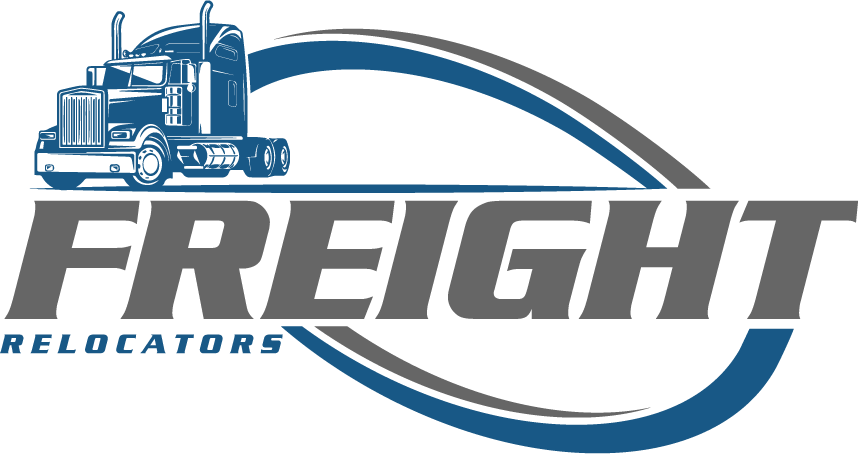A proper pre-trip inspection is not only crucial for passing your CDL road test but also an essential part of ensuring safety on the road. Performing a thorough inspection can prevent accidents, breakdowns, and costly repairs. Whether you’re preparing for your CDL test or starting a new truck driving job, knowing how to conduct a comprehensive pre-trip inspection is vital. This guide will walk you through the steps involved in inspecting both a semi truck and trailer.
Why a Pre-Trip Inspection is Important
- Safety: A thorough inspection can identify potential safety hazards before they cause an accident.
- Regulatory Compliance: Federal law requires commercial drivers to conduct pre-trip inspections to ensure the vehicle is in safe operating condition.
- Job Requirement: Employers often require a pre-trip inspection as part of their safety protocols, especially during new hire orientation.
Pre-Trip Inspection Steps
1. Approach and General Overview
- Visual Inspection: As you approach the truck, look for any obvious issues like fluid leaks, flat tires, or damaged parts. Ensure the truck is parked on a level surface with the parking brake engaged.
- Check Documentation: Verify that all necessary documents, such as the vehicle registration, insurance, and permits, are up to date.
2. Engine Compartment
- Hood: Open the hood and secure it.
- Fluids: Check engine oil, coolant, power steering fluid, and windshield washer fluid levels. Ensure they are at the correct levels and free of leaks.
- Belts and Hoses: Inspect all belts and hoses for signs of wear, cracks, or fraying. Ensure they are properly tensioned.
- Battery: Check the battery for corrosion on terminals, secure mounting, and adequate charge.
- Air Compressor and Governor: Ensure the air compressor is securely mounted and not leaking. Check the governor for proper operation.
3. Front of the Truck
- Lights and Reflectors: Ensure that all headlights, turn signals, and reflectors are clean, functional, and free of damage.
- Windshield: Check the windshield for cracks, chips, or other damage that could obstruct your view.
- Wipers: Test the windshield wipers for proper operation and inspect the blades for wear.
4. Driver’s Side of the Truck
- Mirrors: Ensure that all mirrors are clean, properly adjusted, and securely mounted.
- Fuel Tank: Inspect the fuel tank for leaks, secure mounting, and ensure the cap is tightly closed.
- Door and Steps: Check the door for proper operation and that it latches securely. Ensure that steps are free of debris and in good condition.
5. Rear of the Truck
- Exhaust System: Inspect the exhaust system for signs of leaks, rust, or damage. Ensure it is securely mounted.
- Frame: Check the frame and cross members for cracks, bends, or rust.
- Fifth Wheel: Ensure the fifth wheel is securely mounted, properly lubricated, and the locking jaws are fully engaged around the kingpin.
6. Wheels and Tires
- Tire Pressure: Check tire pressure with a gauge and ensure it meets the manufacturer’s recommendations.
- Tread Depth: Inspect tire tread depth to ensure it is within legal limits.
- Rims: Look for cracks, bends, or damage on the rims. Ensure that all lug nuts are present and properly tightened.
- Brakes: Inspect the brake drums, shoes, and linings for excessive wear or damage. Check for any signs of brake fluid leaks.
7. Trailer Inspection
- Coupling System: Ensure the trailer is properly coupled to the tractor, with the kingpin securely locked into the fifth wheel.
- Landing Gear: Check the landing gear for damage, proper operation, and that it is fully raised.
- Lights and Reflectors: Inspect all trailer lights and reflectors for proper operation and cleanliness.
- Doors and Hinges: Check the trailer doors for secure latching and that the hinges are in good condition.
- Suspension: Inspect the suspension system, including leaf springs, hangers, and shock absorbers, for signs of wear, cracks, or damage.
- Brakes: Verify that the trailer’s brakes are in good condition, with no signs of excessive wear or leaks.
8. Rear of the Trailer
- Lights and Reflectors: Ensure all rear lights, including brake lights, turn signals, and reflectors, are clean and functional.
- Bumper and ICC Bar: Inspect the rear bumper and ICC bar (rear impact guard) for damage and secure mounting.
9. In-Cab Inspection
- Seat Belts: Ensure seat belts are in good condition and operate correctly.
- Gauges: Start the engine and check all gauges, including oil pressure, temperature, air pressure, and fuel, for proper operation.
- Horn: Test both the air horn and electric horn for proper operation.
- Emergency Equipment: Verify that fire extinguishers, reflective triangles, and spare fuses are present and in good condition.
- Steering: Check the steering wheel for excessive play (more than 2 inches) and ensure smooth operation.
- Brakes: Test the service brakes, parking brake, and trailer brake for proper operation.
Conclusion
Performing a proper pre-trip inspection is a critical responsibility for every truck driver. It ensures your safety, the safety of others on the road, and compliance with legal requirements. Make this routine a habit before every trip to prevent accidents, save time, and avoid costly breakdowns. Remember, a thorough inspection can be the difference between a safe journey and a dangerous situation.
Additional Tips
- Practice Regularly: If you’re preparing for your CDL road test, practice performing the inspection until you’re comfortable with all steps.
- Use a Checklist: Keep a checklist with you to ensure you don’t miss any part of the inspection.
- Report Issues: Immediately report any issues found during the inspection to your supervisor or maintenance department before hitting the road.
By following this guide, you’ll be well-prepared for your CDL road test and future trucking jobs, ensuring that you start each trip safely and legally compliant.

